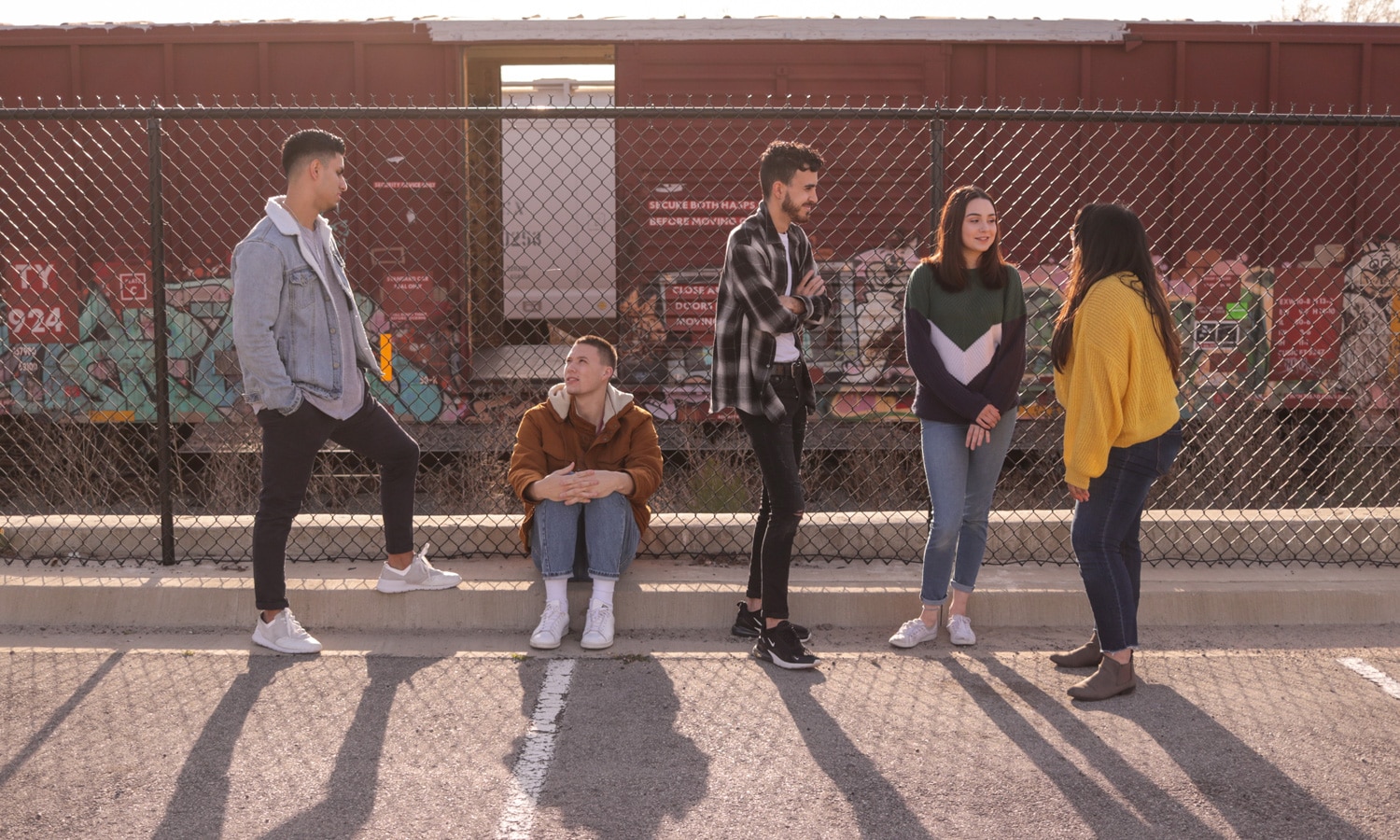You are here
Home 🌿 Recreational Marijuana News 🌿 Study: Teenagers Are Waiting To Experiment With Drugs Later In Life 🌿Study: Teenagers Are Waiting To Experiment With Drugs Later In Life

According to new research, the average age when teens first try drugs, such as cocaine, heroin, and marijuana, has risen since 2004.
The advent of marijuana reform across North America caused politicians and parents alike to worry about teenagers having easy access to cannabis. But in places where marijuana has become legal for adult-use, adolescents are smoking weed less, not more. This is true in Canada, where marijuana is more recently legal, as well as a city like Denver, an early site of recreational marijuana.
New research from Washington State University scientists show this isn’t true just of marijuana. Teenagers are trying the majority of drugs later in life, not just cannabis. The study, published in JAMA Pediatrics, showed the average age of teen drug use rose between 2004 and 2017 for 12 of 18 common drugs. On average, teenagers previously started trying drugs around the age of 15, but the study found that increased to 17 or 19, depending on the drug in question.
“This is great news, because delaying drug use prevents early exposure, which is associated with a variety of negative health consequences, including increased risk of drug use disorder and long-term impairments such as depression, neurocognitive deficits, involvement in risky behaviors, and sexually transmitted diseases,” lead author Karl Alcover said in a statement.

The researchers collected data from the National Survey on Drug Use and Health, an annual representative poll of U.S. residents 12-years or older. Researchers reported that teens trying alcohol or tobacco rose from 16-years to 17-years old in 2017. Meanwhile, adolescents tried heroin or cocaine at an average age of just over 17 in 2004. That figure rose to about 18-years for heroin and 19-years for cocaine by 2017. The study concluded rising ages for first-time use of the following drugs: alcohol, cocaine, ecstasy, hallucinogens, heroin, inhalants, LSD, marijuana, stimulants, and tobacco products.
Among the six other drugs they tested — crack cocaine, methamphetamines, opioids, PCP, sedatives, and tranquilizers — researchers found no significant changes in average age of first use.
“Our study shows that since 2004 fewer individuals started using drugs at age 15 and younger, which is what we would typically consider as early-onset drug use,” Alcover said. “These promising trends may serve as early evidence that prevention strategies — especially those focused on teens and young adults — are working.”
On the other hand, the average age of inaugural drug use decreased for adults between the ages of 18 and 25. The study’s authors noted this could represent a shift in drug culture at large, and how adults interact with drugs. “This suggests an increase in the mean age at initiation of some drugs, although we have found no confirmation of this in recent literature.”
420 Intel is Your Source for Marijuana News
420 Intel Canada is your leading news source for the Canadian cannabis industry. Get the latest updates on Canadian cannabis stocks and developments on how Canada continues to be a major player in the worldwide recreational and medical cannabis industry.
420 Intel Canada is the Canadian Industry news outlet that will keep you updated on how these Canadian developments in recreational and medical marijuana will impact the country and the world. Our commitment is to bring you the most important cannabis news stories from across Canada every day of the week.
Marijuana industry news is a constant endeavor with new developments each day. For marijuana news across the True North, 420 Intel Canada promises to bring you quality, Canadian, cannabis industry news.
You can get 420 Intel news delivered directly to your inbox by signing up for our daily marijuana news, ensuring you’re always kept up to date on the ever-changing cannabis industry. To stay even better informed about marijuana legalization news follow us on Twitter, Facebook and LinkedIn.




